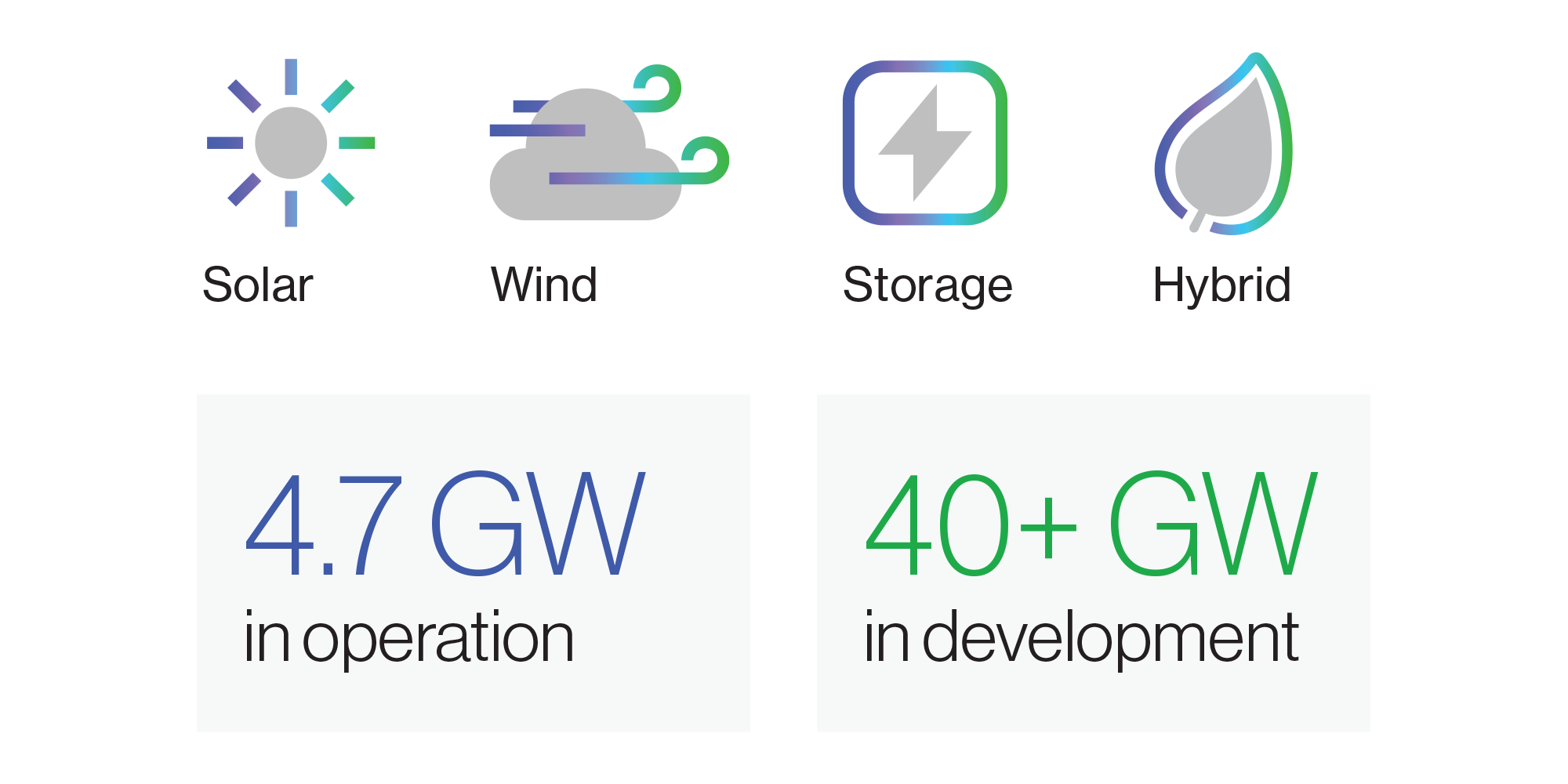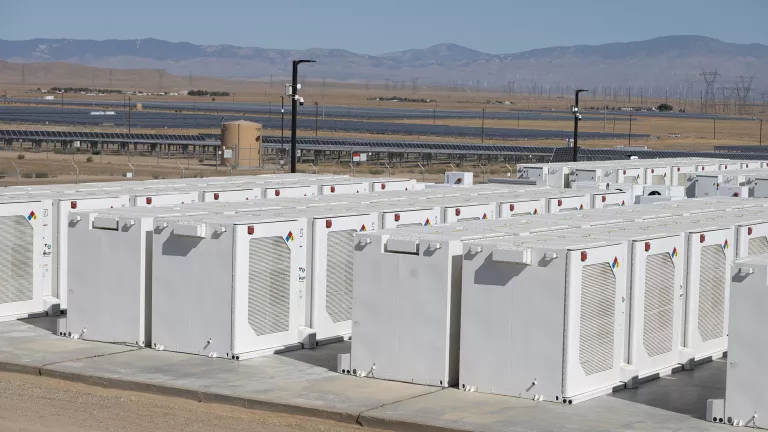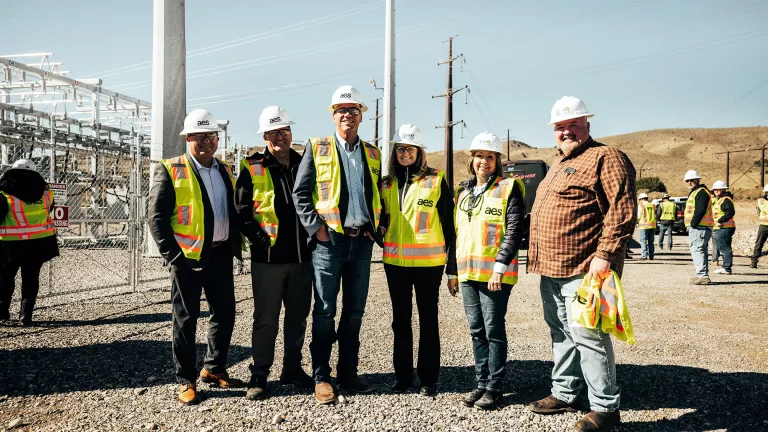How do community solar projects work?
Once a project developer builds a community solar project, these solar arrays can produce electricity for hundreds or even thousands of nearby homes and businesses. Residents and companies can join a community solar project by subscribing to a portion of the solar project’s monthly output.
The energy generated from the community solar array is often discounted compared to typical utility company rates. As a result, subscribers may have the opportunity to significantly lower their electricity bills. Although the details vary by project, many require no upfront investment and allow for flexibility when you move within the same electric utility territory.
Once you join a community solar project, there is no interruption to your service, and you’ll continue to receive your normal electric utility bill. But now, you’ll see a new section on your bill with your community solar credits for your share of the solar project’s produced electricity, therefore reducing your electric bill. You’ll also receive a second monthly statement for your community solar subscription, and the combined two bills enable you to see your savings on your overall electricity costs.

Step 1
Community Solar Projects generate clean, renewable energy that feeds into the existing utility grid. They are large efficient solar arrays.
Step 2
Subscribers can participate in community solar. It’s an easy way to save money on their utility costs and support local renewables.
Step 3
Each subscriber's bill will receive monthly credits based on the amount of energy their subscribed portion of the project produces.
Community Solar benefits

Community solar installations provide many direct benefits to the communities they serve, including:
| Generating low-cost, clean-air, fuel-free renewable energy | |
| Requiring no water to operate, prioritizing water conservation | |
| Offering opportunities for savings on electric bills to a wide variety of project subscribers | |
| Providing a new, reliable revenue stream for landowners, and tax payments to the county governments | |
| Creating construction and operations jobs |








